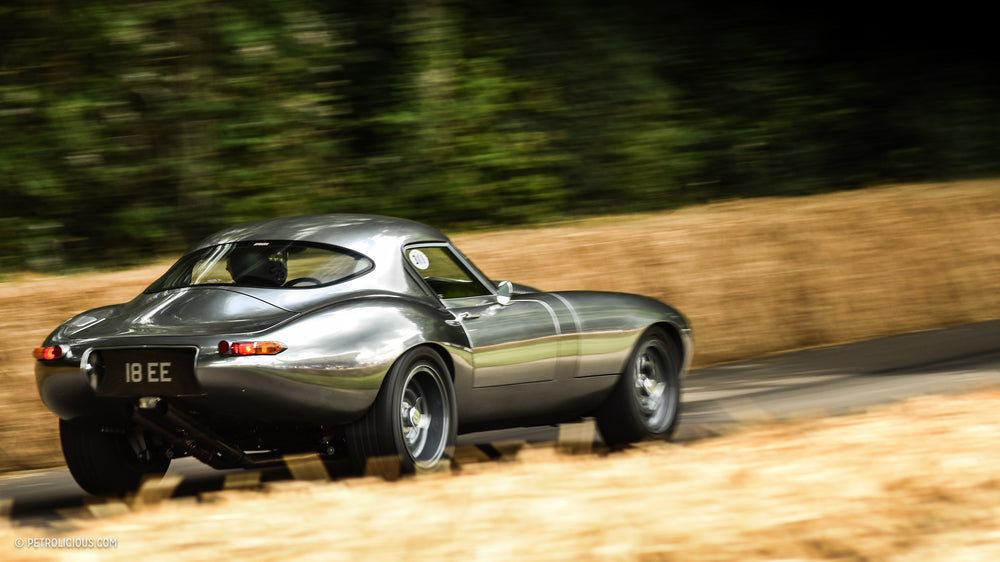When you work for Jaguar in a design capacity, it’s pretty much a given that the marque’s history is implanted in your mind through one method or another. You either grew up with these iconic cars or you dove into their histories, and while the D-Type is surely Jag’s preeminent racing machine, the E-type is probably the most famous cat in the litter whether you look back on them when new or forward to their future. In other words, the car’s very popular among vintage enthusiasts, which is why I was surprised to only hear about Eagle and the work they were doing on the platform a few years ago.




The company’s been operational since 1984 and has remained in East Sussex in the years since, with Henry Pearman and co. offering all manner of E-Type to their customers, who can choose from original cars, beautiful restorations, or complete Eagle-built cars like the gleaming torpedo in these photos. Alongside their restoration services, they will create just about any form of the car—from speedster to spyder—but I think the most intriguing is the svelte silhouette of this, the Low Drag GT. Far from a kit car in the typical sense of the term, this is as close as one gets to the original 1962 experimental bodywork. Back then, Jag’s lead designer Malcolm Sayer responded to driver and team comments on the 1961 competition E-Types and set off creating a more aerodynamic and lightweight version for the works team to take racing. That car was the “Low Drag,” and though the company’s efforts would shift away from it to focus instead on the E-Type “Lightweight,” the sleek Sayer design wouldn’t be thrown into complete obscurity, as it was purchased and raced as far back as 1963.


The original Low Drag was more than just a chopped roofline though (the car’s height was two inches shorter than the standard E-Type). It featured bladder-style fuel tanks, lighter suspension components, and a sizable reduction in overall mass thanks to liberal use of aluminum for body panels like doors and bonnets as well as a thinner gauge of steel used for the rest of the exterior shell. It was brought into the wind tunnel where it revealed the fruits of its metallic haircut. Enzo Ferrari famously described the E-Type as the most beautiful car in the world, and this car is surely a looker too.
When Eagle builds their Low Drag GT—the comfortable grand tourers are each bespoke in accordance with the customer’s desires—they add a few touches of modernity like contemporary air-conditioning and speed-sensitive power steering, and the vintage touring experience is aided by the performance gains that come with decades of development; the Eagles offer modern braking and suspension components, more power, more of everything. Said power comes from Eagle’s all-aluminum 4.7-liter XK motor, and the weight of the car is just about 1,040kg, and when you look at the fit and finish of everything you’ll realize this is far more than a hastily slapped together kit. It’s not just more than that, it’s wholly different. This car is a piece of art, a testament to both the craftsmanship of the men who built the originals and those who brought it back to life more than 50 years after the fact. Wearing an almost mirror-like finish when I first came in contact with one at Goodwood a few years ago, the Eagle Low Drag GT has an abundance of what we might call presence, but it doesn’t need the trick paint job to command a crowd, for the car is an achievement of engineering and deftly-handled heritage far removed from a chrome Veyron.























































